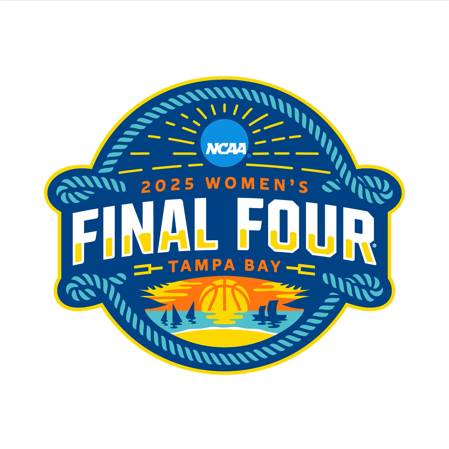USF Tampa and St. Petersburg are now rated as yellow-light institutions, according to the Foundation for Individual Rights in Education’s speech code rating.
Codes of conduct are put in place by colleges and universities across America to keep everything, and everyone, under control.
While rules are always needed to help maintain a functional society, there are times when the rules go a little too far.
Public colleges and universities are fully bound by the U.S. Constitution, but many of these institutions have speech codes that infringe on the civil rights of its students and faculty – specifically, the First Amendment.
USF St. Petersburg used to be one those universities.
The Foundation for Individual Rights in Education, known as FIRE, is a civil liberty organization that defends the fundamental rights of student speech on college campuses across the country.
FIRE has over 400 schools in its database where speech codes are reviewed and given a rating of green, yellow or red.
According to FIRE, USFSP and USF Tampa were considered red-light schools until late May, when the USF system leadership responded to FIRE’s request to revise three speech codes – making both yellow-light institutions.
Of the three, the last code revised was a systemwide sexual harassment policy which previously defined sexual harassment as “conduct which may be interpreted as unwelcome conduct of a sexual nature.” Although this does cover sexual harassment, according to FIRE, ambiguous wording leaves too much room for speculation. These policies affect a largely diverse student and faculty population. By making them overly broad, students no longer have the right to express individual beliefs.
According to Jacob Diaz, the dean of students at USFSP, the university code of conduct is under constant revision.
Diaz said he honors all perspectives on the code of conduct policy, however the university’s legal counsel annually reviews system policies.
However, this most recent revision describes sexual harassment in a more detailed manner, while students remain protected without being subjected to heavily regulated speech.
The Crow’s Nest interviewed Azhar Majeed, the director of the FIRE’s Individual Rights Education Program, last fall regarding the speech code violations. A few months after the article was published, the school organized a forum where the policies in question were discussed.
“In March, we discovered that some of the system wide policies for both the St. Petersburg campus and the Tampa campus had been changed,” Majeed said. FIRE wrote USF in late April, applauding them for the changes made, while also giving a reminder – if the last remaining red-light policy were to be revised, the overall rating for both institution’s would improve to yellow.
“They got back to us by the middle of May and sent a link to their updated student conduct code, which included the much improved sexual harassment policy, so that was very responsive on the university’s part,” Majeed said.
Although USFSP and USF Tampa have yet to become green-light institutions, over half of the 400 schools FIRE reviews have at least one red light policy.
“The number is high but the good news is that both USF institutions are now faring better than 55 percent of their peer institutions,” said Majeed.
According to FIRE, the state of Florida doesn’t do comparatively well when it comes to speech codes. The majority of the sunshine state’s universities are red-light institutions, including the University of Miami, Florida State University and the University of Central Florida.
The first and only Florida institution with a green-light rating is the University of Florida, which worked with FIRE in July 2014 to receive the rating.
While USFSP isn’t quite there yet, the recent revision is just another step closer to getting the green light.
Sexual Harassment Vs. Sexual Assault
According to FIRE, red-light institutions often conflate sexual assault with sexual harassment when the conflict did not involve physical violence or conduct of that nature.
Harassment is generally stalking behavior, and more recently, online stalking that involves repeated messages even if somebody indicates they are not interested. On the other hand, sexual assault often involves rape issues and sexual violence, which are criminal behavior.
FIRE advises universities to address sexual assault and sexual harassment as separate issues, under separate policies.
“It’s dangerous and inaccurate to address those very separate issue under the same umbrella,” Majeed said. “When you have those kinds of issues getting mixed together you can end up with a lot of poorly written policies – which is exactly what we are seeing at too many colleges.”
Red: A red light policy is something that prohibits or regulates speech that is clearly protected by the First Amendment.
Yellow: A yellow light policy is often more vague as to what extent it regulates protected speech. The lack of clarity threatens student’s rights with the discretion it gives to the administrations.
Green: A green light rating demonstrates that the institution’s policies does not pose a serious threat to protected speech. However, it does not necessarily mean that a school openly supports freedom of expression.


